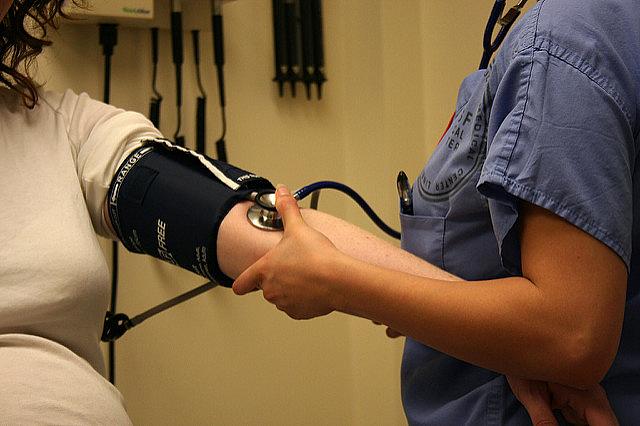Program to transform primary care didn’t deliver, but we’re on the right track

Last month, preliminary results from one of the key efforts to transform how primary care is delivered were published in the New England Journal of Medicine. The goal of the of the Comprehensive Primary Care Initiative (CPC), led by the Innovation Center at the Centers for Medicare and Medicaid (CMS), was to change the way primary care services are reimbursed in an effort to incentivize more efficient care delivery.
By providing primary care practices a care management fee – paid on a monthly basis – CMS hoped to free primary care clinicians from some of constraints of the fee-for-service system, which predominately covers in-person visits. In exchange for these fees, which ranged from $8 to $40 per patient per month depending on the patient, primary care clinicians were expected to offer a more comprehensive approach to health, which can include pharmacist-led medication management; on-site behavioral health care; outreach to patients after emergency room and hospital visits; electronic communicationwith patients; and quality improvement efforts.
The program was well intentioned and consistent with our Slow Medicine vision for how primary care should be delivered: in a comprehensive and convenient manner, centered on the patient. Unfortunately, providing care in this way may be challenging in the current environment, in which clinicians are often paid based on the volume of patient visits they complete, rather than the quality or comprehensiveness of services they deliver. As a result, clinicians will often ask patients to come in for billable face-to-face visits when an email or telephone call would do.
There were some encouraging signs noted in the evaluation that the primary care program may be achieving some of its aims so far. After two years, primary care practices involved in the initiative reported that they were able to achieve many of the outlined goals, including “patients’ use of [electronic communication], decreasing wait times for appointments, increasing telephone access to the practice, and increasing after-hours access to clinicians by means of e-mail, telephone, or in-person visits.” Practices that participated in the new program saw a 3 percent reduction in face-to-face primary care visits (typically replaced with emails or telephone calls) compared to control sites. Patient experience surveys also identified modest but significant improvements in several components of care, including the quality of discussions about medications; education about self-care, and timeliness of appointments and other services. These improvements are certainly worthy of some celebration.
But from a big-picture perspective, the evaluators concluded that the program has yet to meaningfully transform primary care delivery. According to the independent evaluators from the research organization Mathematica, “…[A]t this point these practices have not yet shown savings in expenditures for Medicare Parts A and B after accounting for care-management fees, nor have they shown an appreciable improvement in the quality of care or patient experience.”
Nonetheless, we remain optimistic that these efforts at reforming primary care are on the right track. Despite Mathematica’s somewhat pessimistic conclusion, the changes noted above strike us as meaningful. Indeed, based on the results, Medicare has decided not only to continue the CPC program for two additional years, but also to develop a more refined version that will soon be offered in many new regions of the country. Moreover, the incentives in the CPC program to transform care delivery were relatively weak: Despite the care management payments, primary care clinicians still received fee-for-service payments for face-to-face visits. Perhaps with stronger incentives — for example, bigger care management payments in exchange for lower fee-for-service payments — a similar program could have even more impactful results.
Given what we have learned from this program, what are the next steps for fixing the primary care delivery system? Ultimately, we suspect it may be necessary to fundamentally change how primary care clinicians are paid, replacing the current fee-for-service system entirely with capitated payments. But none of us has a crystal ball, and our Slow Medicine principles remind us that when trying out new ideas in medicine, we need to proceed carefully and thoughtfully, and monitor for unintended consequences. It may take us some time still to stumble upon the optimal solution.
[Photo by Bryan Mason via Flickr.]


